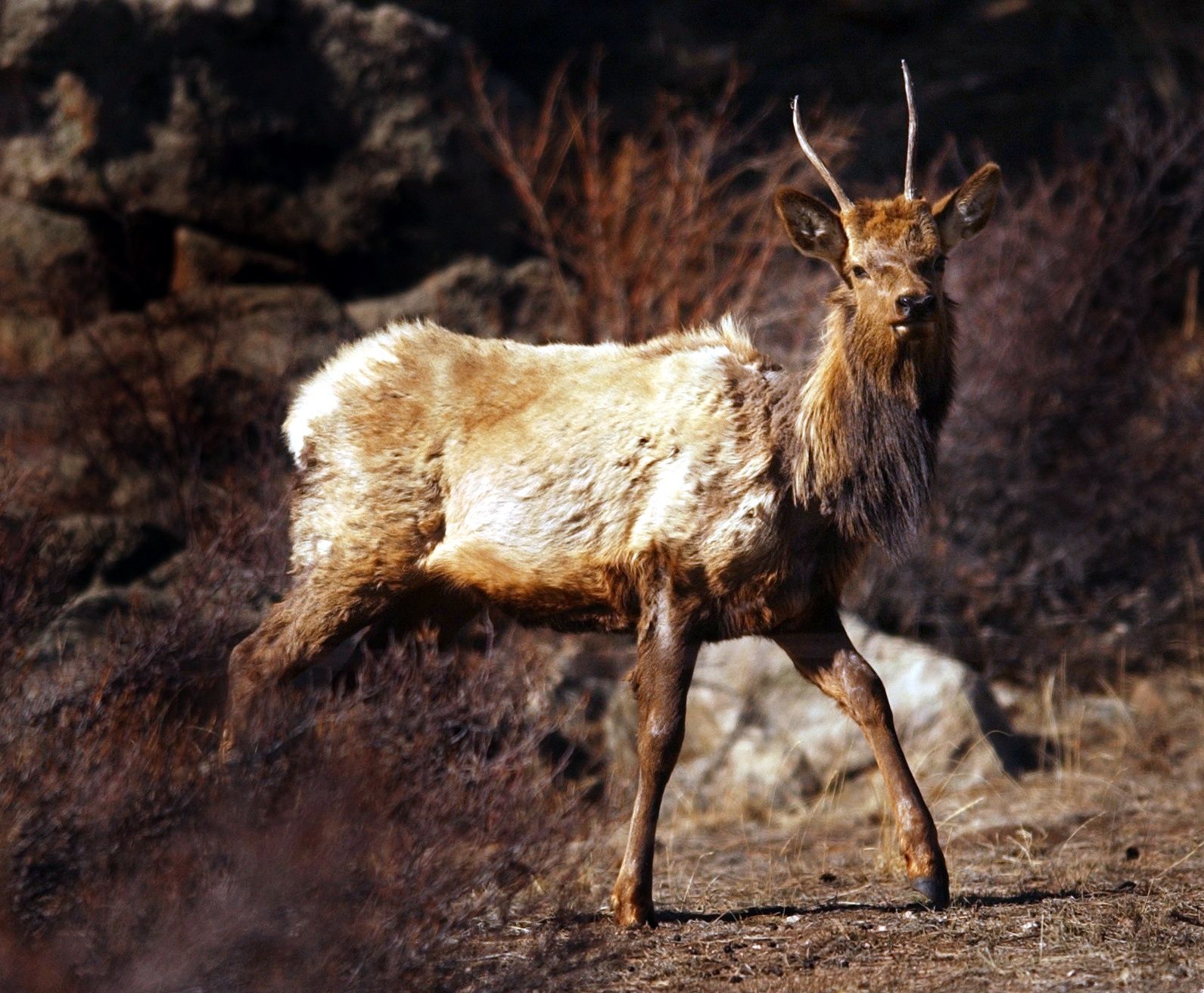Create a free profile to get unlimited access to exclusive videos, sweepstakes, and more!
CDC calls 'zombie deer' a misnomer, details ways to avoid Chronic Wasting Disease in humans

The idea of The Galloping Dead is certainly a terrifying prospect, and though we’ve somewhat debunked the whole idea of zombie deer being an actual thing, Chronic Wasting Disease (CWD) is no joke, so we figured reaching out to the Centers for Disease Control and Prevention (CDC) for some reassurances might not be the worst idea.
As such, SYFY WIRE received word via email from Megan Crawley O’Sullivan, MPH, a health communications specialist with the Division of High Consequence Pathogens and Pathology, at the National Center for Emerging Zoonotic Infectious Diseases at the CDC (now that’s a job title!). O'Sullivan notes that while CWD is indeed an issue that has arisen in deer (and moose and elk) in 24 states, two provinces in Canada, reindeer and moose in Norway and Finland, and a small number of imported cases reported in South Korea, the term “zombie deer” has been widely misused.
“The term ‘zombie deer’ in many media reports is a misnomer,” said O’Sullivan. “Animals with CWD can suffer from symptoms like weight-loss, stumbling, and drooling, which may resemble what most people think of as a ‘zombie.’ These animals are not actually zombies but are very sick. Other symptoms of CWD in animals can include lack of coordination, listlessness, excessive thirst or urination, drooping ears, and lack of fear of people.”
So yeah, not exactly undead creatures looking to turn you into an undead creature yourself. But that’s not to say that there isn’t potentially a risk to humans, though no cases have been found as of yet.
“To date, there have been no reported cases of CWD infection in people. However, some animal studies suggest CWD poses a risk to certain types of non-human primates, like monkeys, that eat meat from CWD-infected animals or come in contact with brain or body fluids from infected deer or elk. These studies raise concerns that there may also be a risk to people. Since 1997, the World Health Organization has recommended that it is important to keep the agents of all known prion diseases from entering the human food chain.”
Of course, people often eat the deer they shoot, so if the disease were to spread to humans, it would likely be through the consumption of an infected animal.
"Hunters must consider many factors when determining whether to eat meat from deer and elk harvested from areas with CWD," said O'Sullivan. "Hunters harvesting wild deer and elk from areas with reported CWD should check state wildlife and public health guidance to see whether testing of animals is recommended or required in a given state or region. In areas where CWD is known to be present, CDC recommends that hunters strongly consider having those animals tested before eating the meat."
To avoid exposure, O’Sullivan suggests following CDC’s recommendations listed here. The CDC also provides information on CWD in general here, or through its contact call center at 1-800-CDC-INFO. Or you can contact the USDA, USGS, and many state wildlife agencies, who would have the most up-to-date local information on the spread of the disease.


























